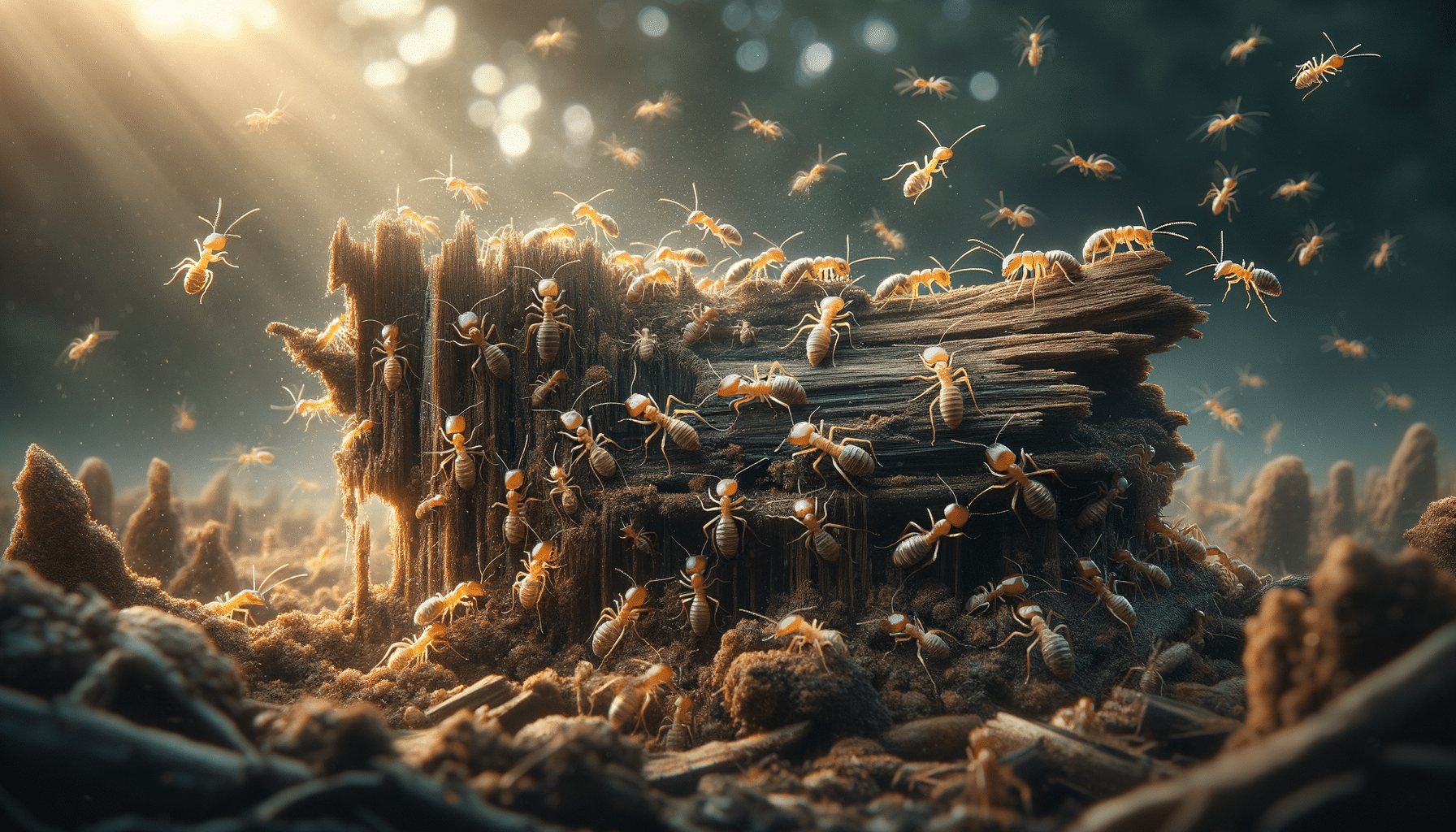
Learn About Termites
Introduction to Termites
Termites are more than just pests; they are fascinating insects that play a crucial role in the ecosystem. While their presence can be a nightmare for homeowners, understanding termites is essential for both effective pest management and appreciating their ecological contributions. This article delves into the world of termites, exploring their biology, behavior, and impact on human structures and the environment.
Biology and Classification of Termites
Termites belong to the order Blattodea, closely related to cockroaches. They are classified into several families, with over 2,600 species identified worldwide. Despite their small size, termites have a complex social structure, similar to ants and bees. A termite colony consists of a king, queen, workers, soldiers, and reproductive individuals, each playing a specific role.
Termites are known for their pale, soft bodies and straight antennae. Unlike ants, their wings are of equal length. The queen is the largest member of the colony, capable of laying thousands of eggs daily. This rapid reproduction can lead to significant infestations if not controlled.
Understanding the biology and classification of termites is crucial for developing targeted pest control strategies. By identifying the specific species and their behaviors, homeowners and pest control professionals can implement more effective solutions.
Termite Behavior and Ecology
Termites are primarily detritivores, feeding on dead plant material, particularly wood. Their ability to digest cellulose, thanks to symbiotic bacteria and protozoa in their guts, makes them unique among insects. This feeding behavior plays a vital role in recycling nutrients and breaking down organic matter in ecosystems.
However, termites’ ecological role can become problematic when they target human structures. They can cause extensive damage to wooden buildings, furniture, and other cellulose-based materials. This destructive potential makes them one of the most feared pests by homeowners and property managers.
Despite their reputation, termites contribute positively to the environment by improving soil quality and facilitating the decomposition process. By understanding their behavior and ecological impact, we can better appreciate their role in nature while mitigating their adverse effects on human structures.
Termite Control and Prevention
Effective termite control requires a combination of prevention, monitoring, and treatment. Preventative measures include reducing moisture levels around structures, sealing entry points, and using termite-resistant building materials. Regular inspections can help detect early signs of infestation, such as mud tubes, discarded wings, and damaged wood.
There are several treatment options available for termite infestations. Chemical treatments, such as soil-applied termiticides and wood treatments, are commonly used. Bait systems offer an alternative approach, targeting termites with slow-acting insecticides that they carry back to the colony.
Integrated pest management (IPM) strategies combine multiple approaches to achieve long-term control. By understanding termite biology and behavior, homeowners and pest control professionals can develop more effective and sustainable solutions.
Conclusion: Embracing the Complexity of Termites
Termites are complex creatures that play essential roles in both ecosystems and human environments. While their destructive potential cannot be ignored, understanding their biology and behavior can help us appreciate their ecological contributions. By adopting comprehensive control and prevention strategies, we can protect our structures from termite damage while respecting their place in the natural world.
As we continue to learn more about termites, we can develop innovative solutions that balance their ecological importance with the need to safeguard our homes and buildings. Through education and awareness, we can foster a more informed approach to managing these remarkable insects.


